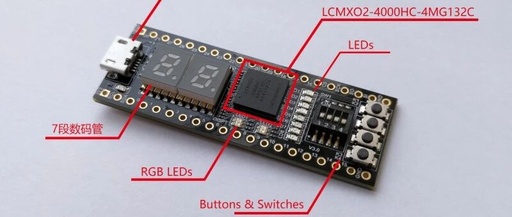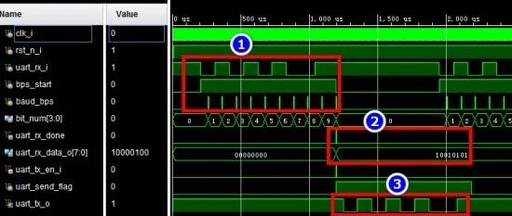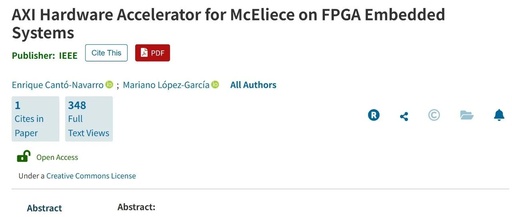RP2350 Core Board Design Tips (1) – How to Fully Utilize Limited IO Resources?
Having worked in R&D for six years in university laboratories, I first entered the corporate world in 2000 and learned what an “embedded system” truly is. I observed a team of five or six top software experts spend nearly a month optimizing a program that originally fit into 512KB of ROM for a VCD player, … Read more









